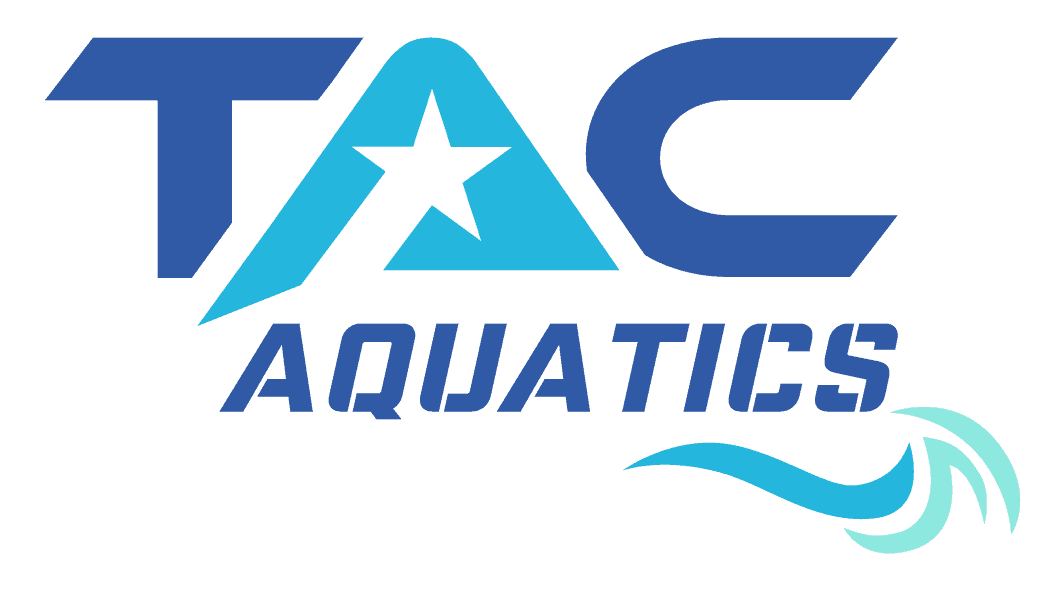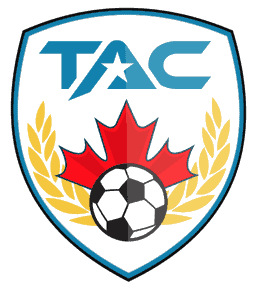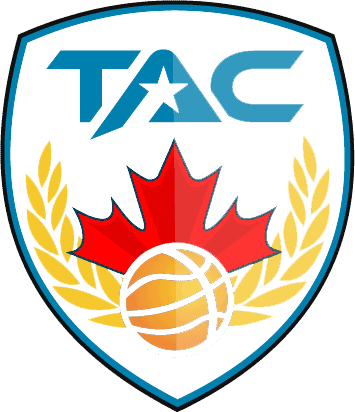We’ve talked extensively about the benefits of swimming in past weeks both mentally and physically. One of the main physical benefits of swimming is in fact the benefits it has on your bones and joints. Many professional athletes cross train so that they can rigorously train while preserving their joints, sometimes because of pre-existing injuries. Today, we are going to go more in depth about the benefits of swimming on the skeletal system.
Build’s Bones
Swimming helps to grow the bones in your body. Bodyweight exercises in general help to stimulate the growth of the cells that form bone tissue known as osteoblast. The growth happens through the stress put on the bones. This is very similar to the way the stress put on the muscles by muscle building exercises would lead to muscle growth.
Low-Impact on Joints
Swimming promotes muscle and bone growth in a way that also protects your joints. This is why swimming is superior to other sports or bodyweight exercises. It can help improve your skeletal system without bringing harm to it. Although you are using your bodyweight you aren’t bearing the weight of your body since the water will support your weight and make you buoyant. On the other hand, running too much overtime can lead to knee issues and arthritis due to your knees having to absorb the force that’s generated from your body’s movements. Swimming allows you to escape the force from gravity and will help you to save your joints. Along with saving them, it has anti-inflammatory effects that can help to make your joints move more fluidly.
Helps Those With Arthritis or Injuries
With being a low-impact exercise, swimming is especially beneficial to those with arthritis or similar skeletal issues. Whereas exercises like running has the potential to make arthritis and its symptoms worse, swimming can actually improve it. Swimming helps to increase circulation which increases your body’s ability to provide oxygen and nutrients to your joints. Also, many athletes that are recovering from temporary fractures or sprains might not have the strength to safely run but instead be able to swim as a form of exercise.
Build’s Muscle
Swimming helps to build the main muscle groups in your body. The density of the water adds resistance to your strokes which helps you to strengthen your muscles. With swimming being such a full body workout, it helps to prevent muscle imbalances which can cause injuries. Muscles and bones are also closely connected to where the growth of muscles pulls on the bones, causing them to strengthen.
Register for Swim Camps or Learn to Swim
To reap the many benefits of swimming, it’s important to know how to swim. Our learn-to-swim programs are designed for kids of all ages or swimming levels and can help kids learn to swim to reap its physical and psychological benefits. We also offer swim camps for kids who know how to swim but love to swim and want to spend more time doing so! Our next swimming camps are featured as part of our March Break Camps.To register for our swimming camps or swimming lessons, click on the button below.
Swimming Lessons March Break Camps




